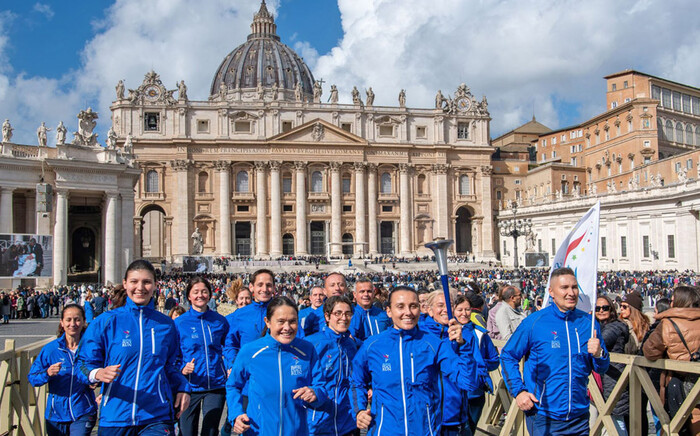
Stories
First-hand experiences of meditation and spirituality.
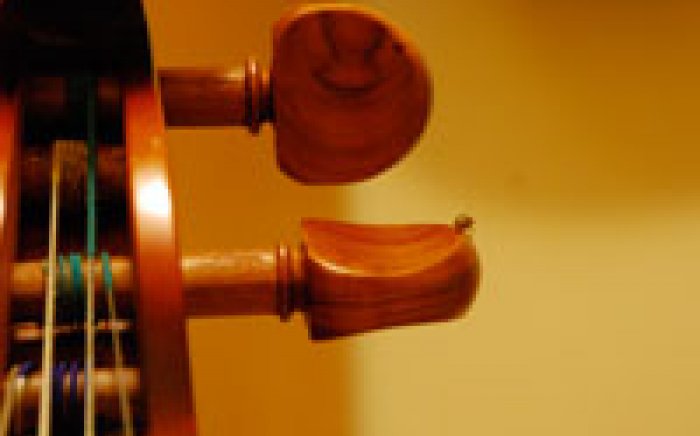
Learning to love songs ever more
Patanga Cordeiro São Paulo, Brazil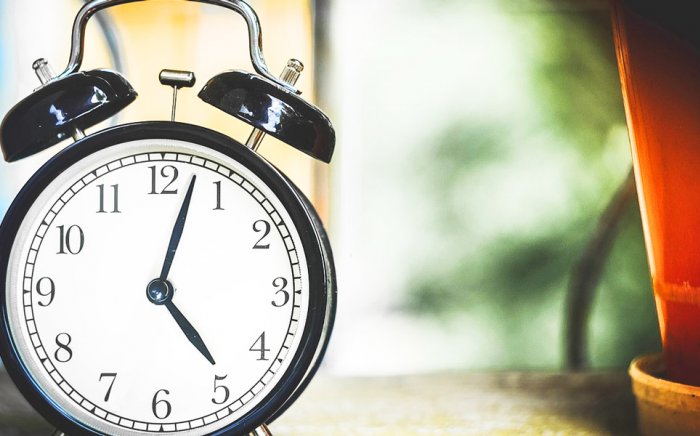
My 5 a.m. strategic meditations
Sanchita Fleming Ottawa, Canada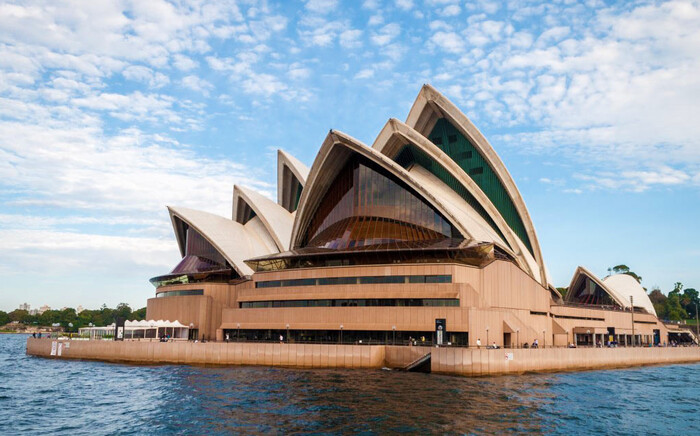
Sri Chinmoy performs on the world's largest organ
Prachar Stegemann Canberra, Australia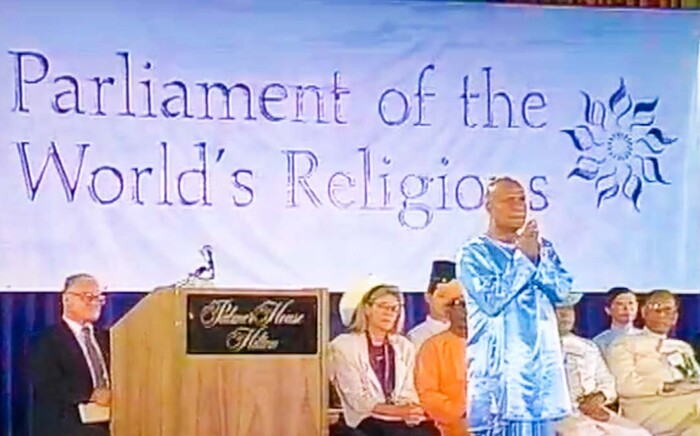
Sri Chinmoy's opening meditation at the Parliament of World Religions
Pradhan Balter Chicago, United States
My inner calling
Purnakama Rajna Winnipeg, Canada
The day I made a useless and ridiculous weightlifting machine for Guru
Devashishu Torpy London, United Kingdom
President Gorbachev: a special soul brought down for a special reason
Mridanga Spencer Ipswich, United Kingdom
A 40-Year Blessing
Sarama Minoli New York, United States
If I could remember this in my daily life now, I'd be a very high soul
Charana Evans Cardiff, Wales
The day I saw my Guru's Third Eye
Vidura Groulx Montreal, Canada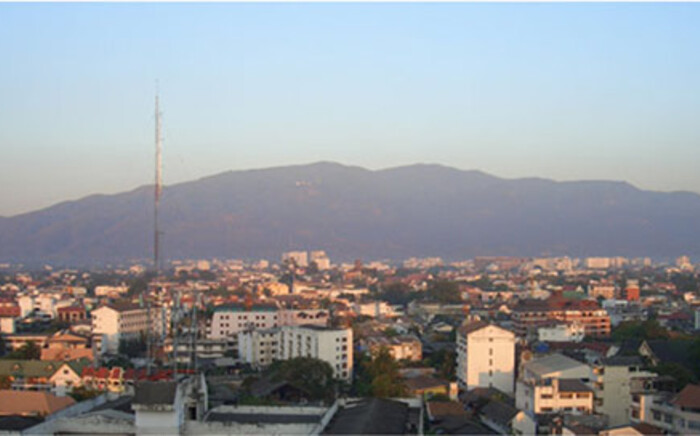
A Mountain Meditation
Jogyata Dallas Auckland, New Zealand
How my spiritual search led me to Sri Chinmoy
Vidura Groulx Montreal, Canada
The Ever-Transcending Goal
Preetidutta Thorpe Auckland, New ZealandSuggested videos
interviews with Sri Chinmoy's students
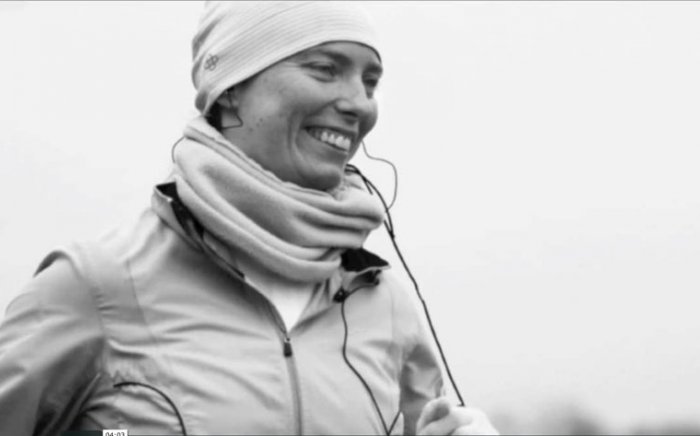
My well-scheduled day
Jayasalini Abramovskikh Moscow, Russia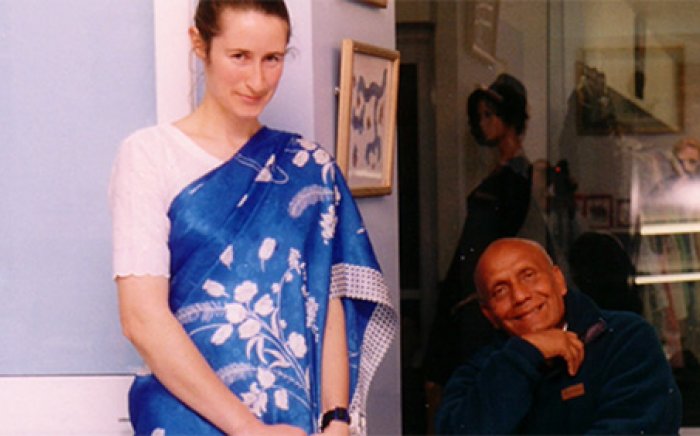
Humorous moments with Sri Chinmoy
Toshala Elliott Auckland, New Zealand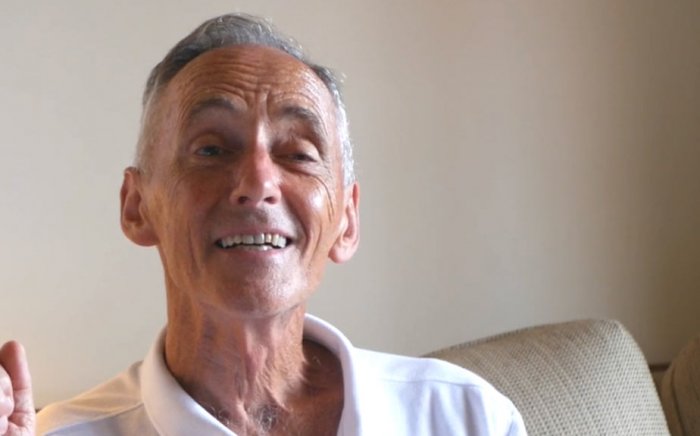
An airport meditation experience
Jogyata Dallas Auckland, New Zealand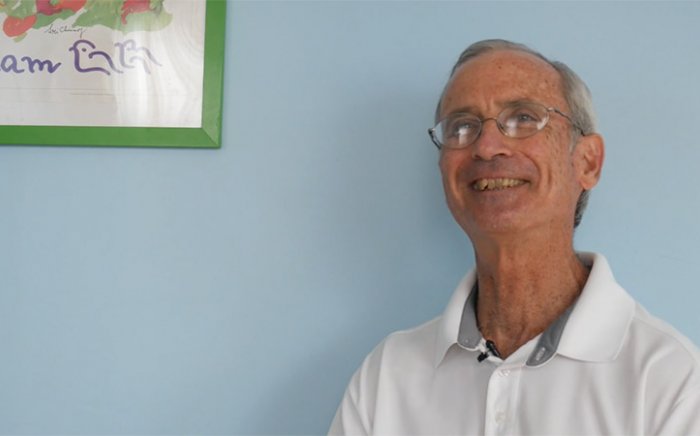
Getting through difficult times in your meditation
Banshidhar Medeiros San Juan, Puerto Rico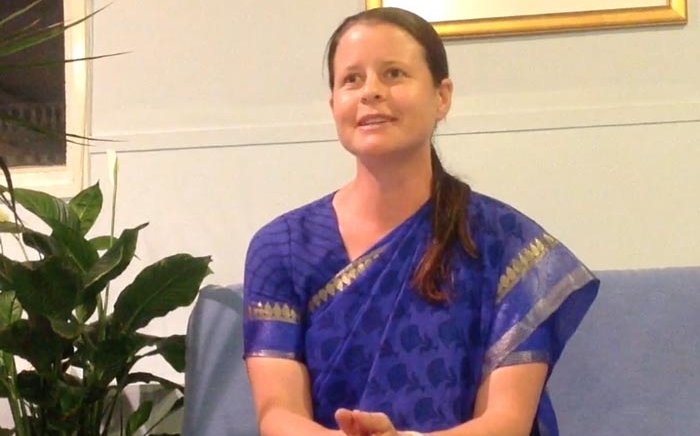
Experiences of meditation
Preetidutta Thorpe Auckland, New Zealand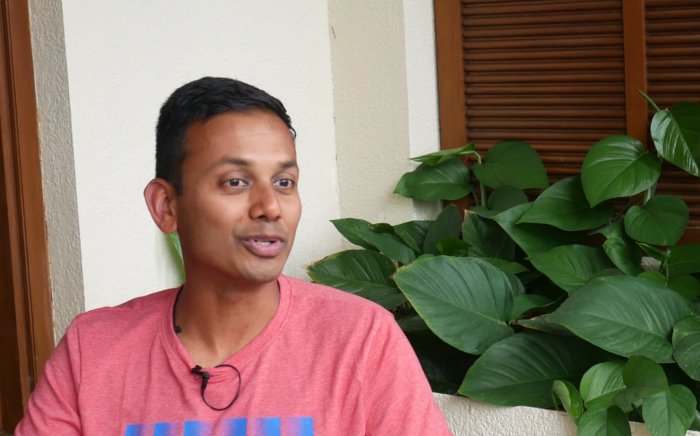
From religion to spirituality
Muslim Badami Auckland, New Zealand





